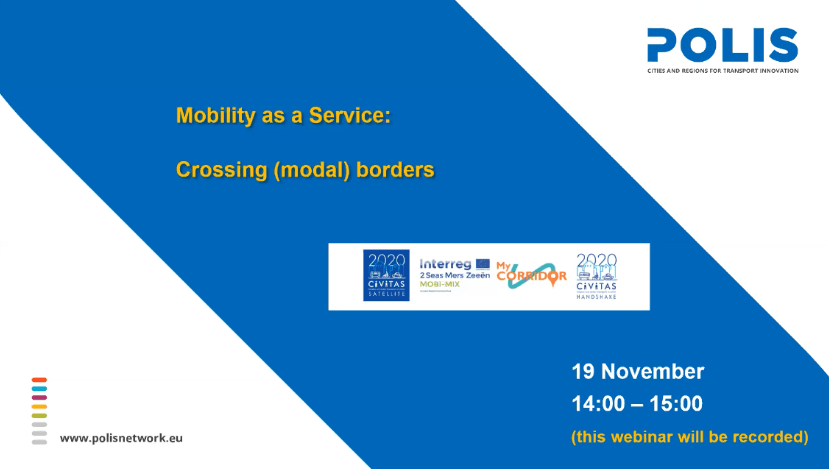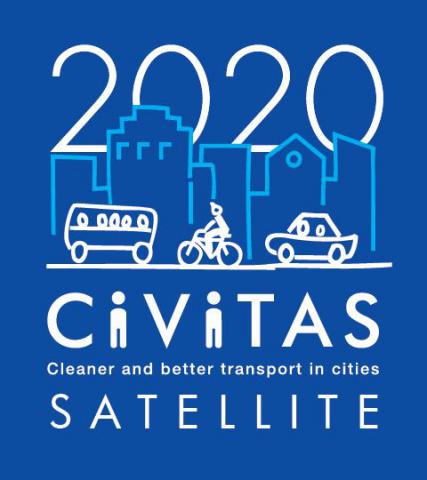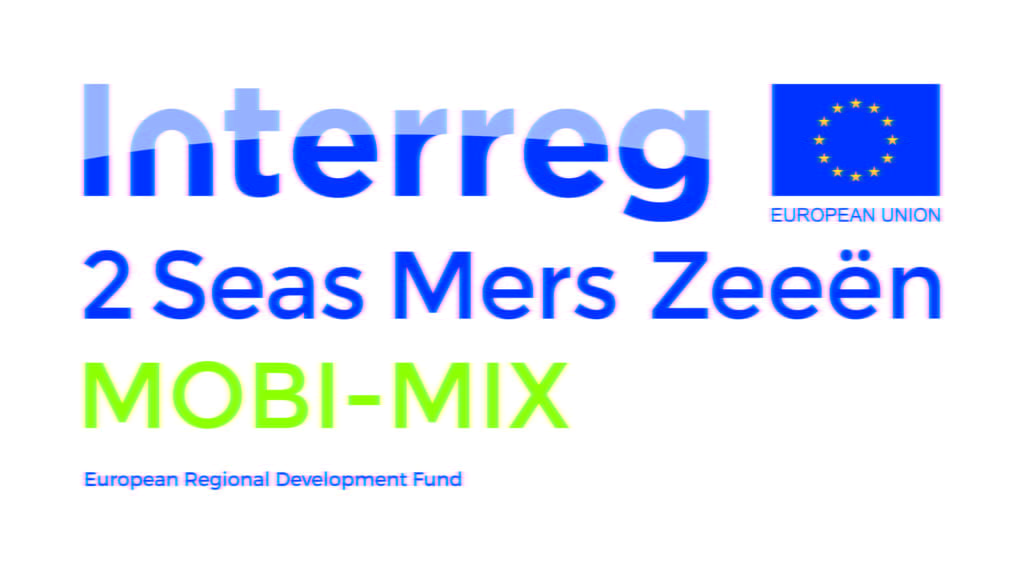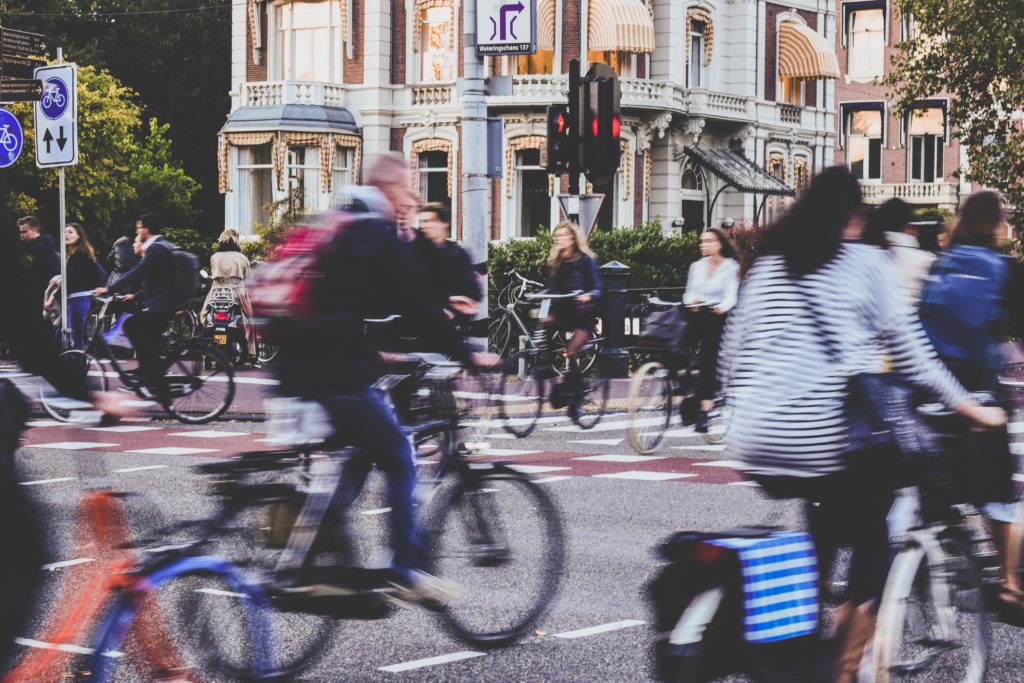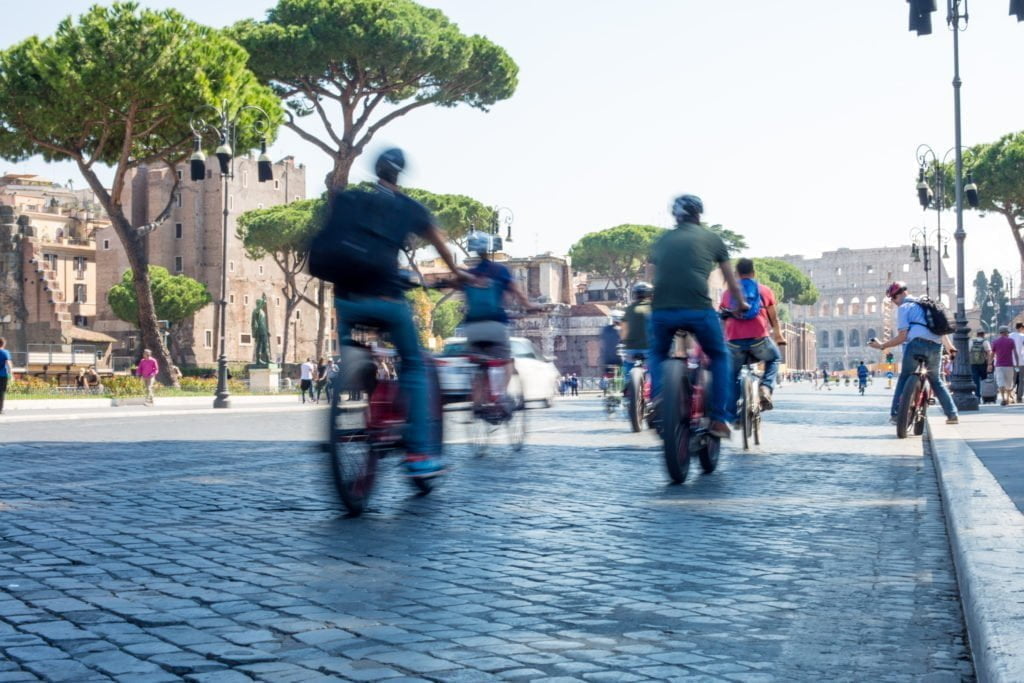Crossing (modal) borders: a webinar taking Maas global
In a webinar organised by POLIS’ Laura Babio and Ivo Cré , four pioneering projects were brought together, to explore innovative approaches to Mobility as a Service (MaaS).
MaaS - the integration of multiple forms of transport services into a single mobility platform, accessible on demand- facilitates multi-modal urban transport use, bringing together public and private transport operators in new (and exciting) business models.
Technological developments and new public-private partnerships have rapidly enhanced Maas offerings, and cities and regions across Europe are utilising this to deliver new applications providing access to mobility, with a single payment channel instead of multiple ticketing and payment operations. These developments are fast changing the face of urban mobility.
However, this webinar (organised as part of POLIS’ Mobilising Mobility series) sought to push the conversations surrounding Maas one step further. Where discussions usually examine the application of Maas in a single urban area, this webinar explored the capacity for looking beyond the local, towards implementation across borders, while also delving further into the multi-modality of mobility agendas.
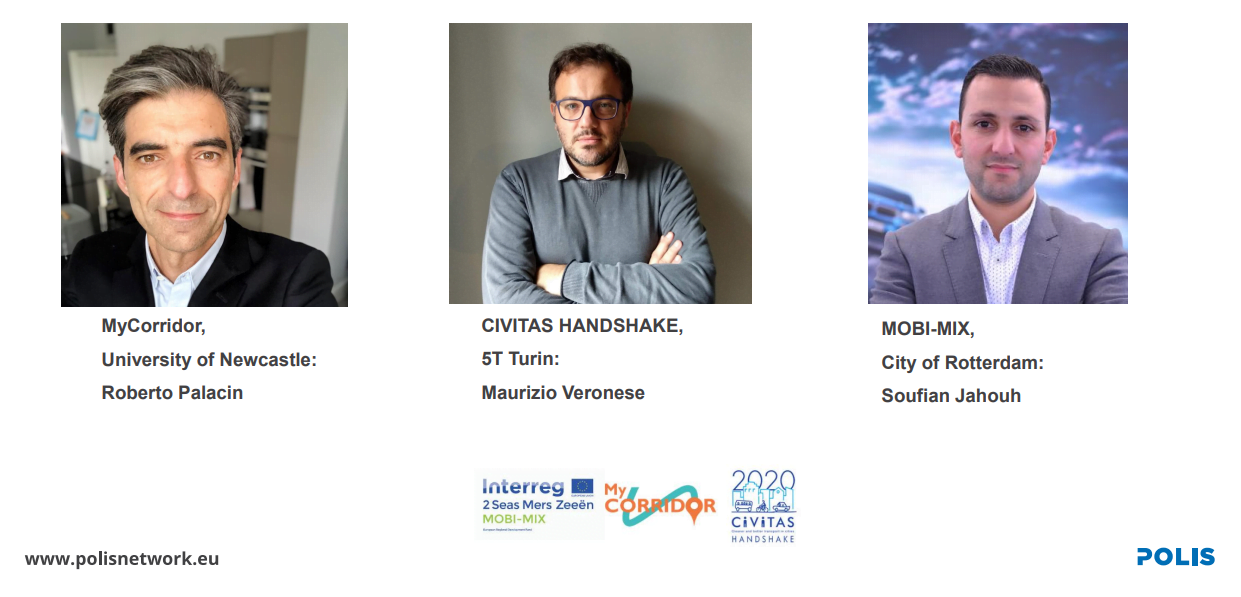
Webinar speakers Roberto Palacin, Maurizio Veronese and Soufian Jahouh
Roberto Palacin was the first speaker, discussing MyCorridor, a 3-year project (now in it’s final weeks), funded by the EU’s Horizon 2020 programme, which has been leading the way in cross-border MaaS applications, piloting projects across Europe.
“Crossing borders is a huge part of the project,” said Mr Palacin as he revealed the App the project has been developing, which brings together multi-modal transit options on a single digital platform. “We have been establishing an architecture for mobility tokens, a payment system which become a ‘one-stop-shop’ for roaming.”
However, MaaS systems frequently rely on partnerships between public and private operators. This fact is not hot news, however, as Palacin revealed, there are multiple different governance scenarios available when implementing MaaS, with public-led, private-led, urban or rural structures shaping the delivery of MaaS.
“Mass means different things to different people,” reminded Palacin, “Within digital integration of services, we have different business models for different situations, there are so many options available.”
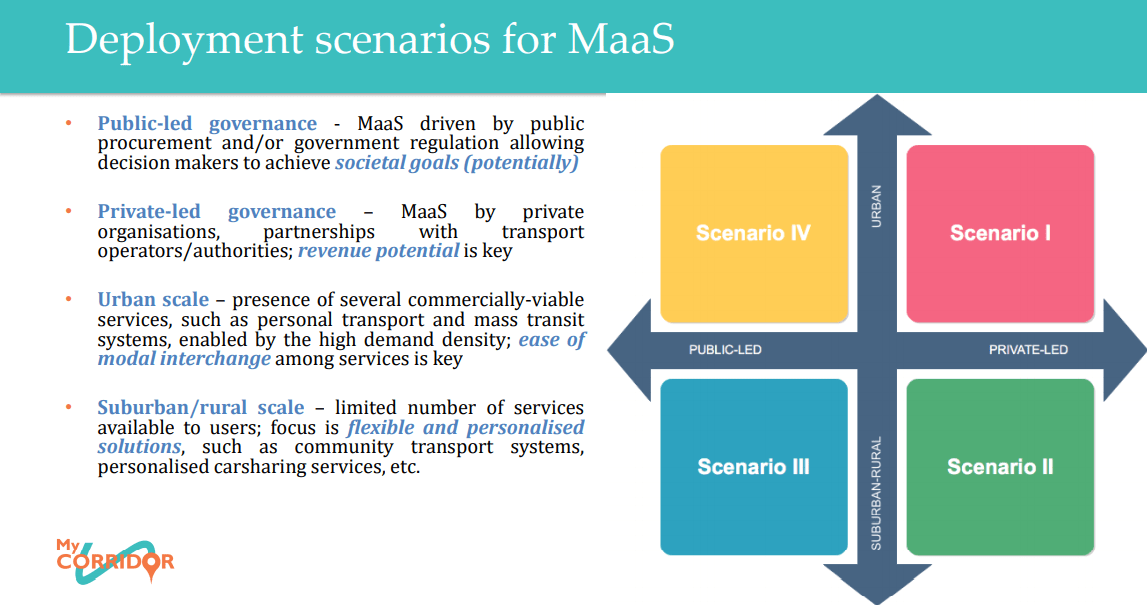
Different MaaS governance scenarios
Maurizio Veronese from CIVITAS HANDSHAKE followed, talking through the living labs the project has been pioneering, and the lessons learnt from these. CIVITAS HANDSHAKE improving conditions for cycling as an everyday mode of transport. Veronese discussed the project’s pilot in Turin, which has been integrating bicycle use within the wider public transport system, by coordinating bicycle infrastructure with other urban transit parking, ticketing systems and stations.
“There are five levels of MaaS, from integration of knowledge at level one, all the way to integration of societal goals at level five,” Veronese said.
“We think that in this digitally connected age, MaaS will arrive anyway,” he reflected. “However, if the governance is not present, local authorities are forced to follow the market, not vice-versa.”
“If we can govern it correctly, we can keep the user- and environmental goals- at the centre of this digital transformation.”
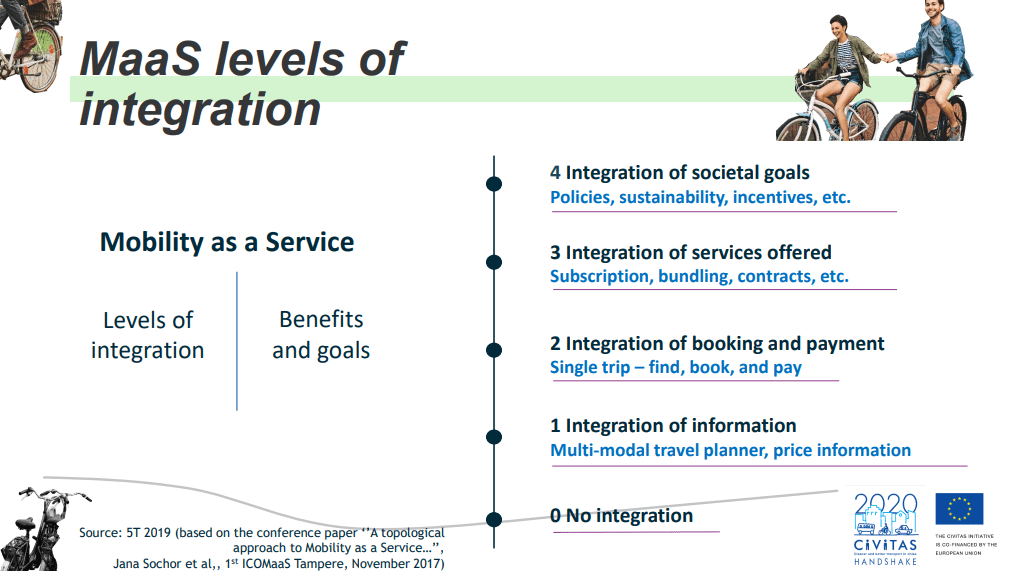
Levels of governance
This was reiterated by Soufian Jahouh from the MOBI-MIX project, who pointed out that while effective and efficient MaaS solutions require public-private collaboration to succeed, alliance between local authorities is also needed.
MOBI-MIX, a project which began in March 2020, is creating public-private collaboration models, which also bring together experts from multiple cities to share knowledge and best practices, in a truly cross border approach.
“Our objective is collaboration, sharing data and knowledge for tangible solutions for mobility,” said Mr Jahouh. “However, many cities are finding it challenging to develop governance regimes which give them effective control over mobility services.”
As such, Jahouh suggested that the tools produced by the MOBI-MIX project will help local authorities improve their governance regimes, by sharing ideas. The project is publishing next week an interactive decision-making tool to help cities establish efficient Public-Private partnerships.
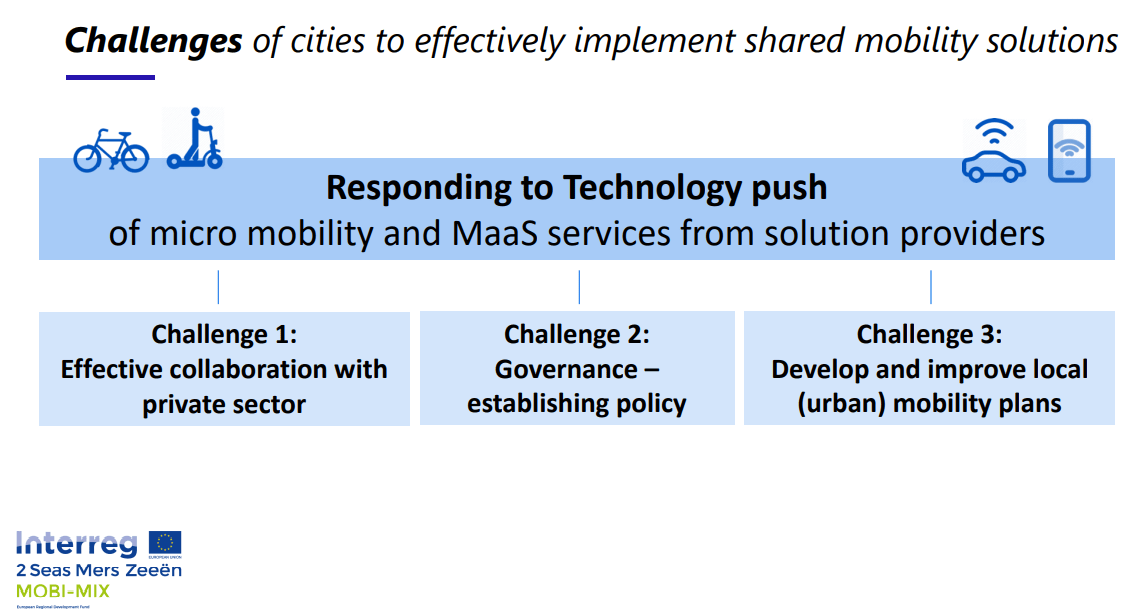
The challenges facing cities and regions
Summing up the discussion, Laura Babío asked the speakers:
“How can we make sure that the ticketing platforms we promote really encourage mobility behaviour change?”
Promoting sustainable transport options through incentives, as well as adding services to the platform beyond mobility, were proposed by the speakers as avenues for encouraging users to make more environmental transit choices- and thus decarbonise our cities.
As technologies develop and public-private partnerships evolve, the opportunities for urban mobility presented MaaS will expand, and the issues discussed during this webinar will become ever more important for local authorities. Can MaaS help make cities and regions more sustainable? Stay tuned to find out!
